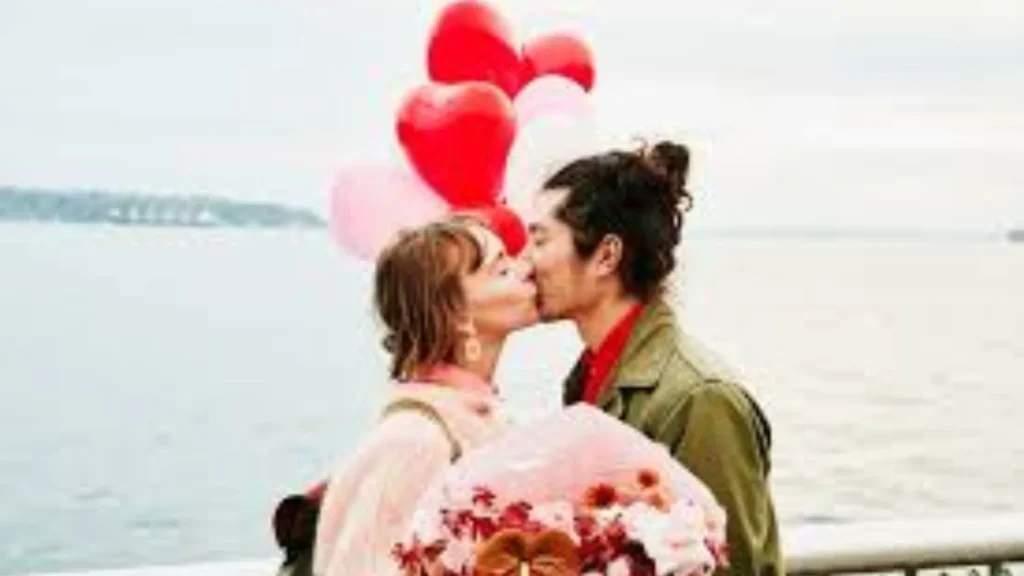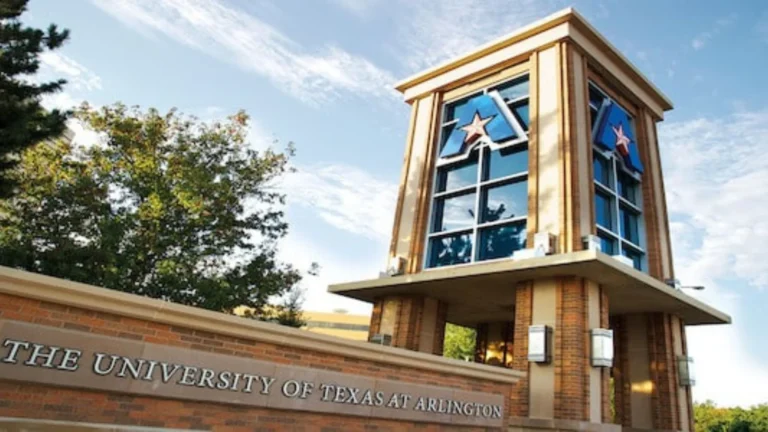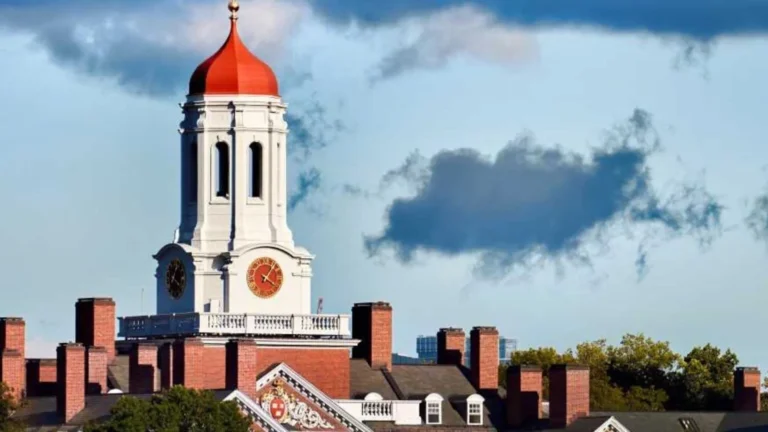The History and Traditions of Valentine’s Day
The Origins of Valentine’s Day
Valentine’s Day is one of the most widely celebrated holidays around the world. Each year on February 14th, people exchange cards, gifts, and affections with their loved ones to commemorate this special day. But where exactly did this tradition come from? The History and Traditions of Valentine’s Day
Many historians believe that Valentine’s Day has roots in the ancient Roman festival of Lupercalia, which was celebrated in mid-February. This fertility festival honored Juno, the Roman goddess of women and marriage, and Pan, the god of nature. As part of the Lupercalia celebration, women would place their names in a big urn,
and the city’s young men would each choose a name and be paired with that woman for the duration of the festival – or sometimes longer, if the match was a good one.
Over time, the Christian church sought to Christianize the pagan Lupercalia festival. They declared February 14th to be the Feast of St. Valentine,
after a Christian martyr named Valentine who was executed by the Roman Emperor Claudius II on that date in 269 AD.
This tradition spread to the American colonies in the early 1700s,
and over the centuries, Valentine’s Day has evolved into the major gift-giving and greeting card holiday we know today.
The Modern Traditions of Valentine’s Day
While the origins of Valentine’s Day are rooted in ancient history,
many of the modern traditions and symbols associated with the holiday developed more recently. The giving of Valentine’s Day cards, known as “valentines,” became especially popular in the 19th century. The first mass-produced Valentine’s Day cards in the United States were created in the 1840s by Esther A. Howland, a native of Worcester, Massachusetts. Howland, known as the “Mother of the Valentine,” The History and Traditions of Valentine’s Day
began manufacturing elaborate lace and paper cards after receiving an English Valentine from a business associate of her father.
Her valentines featured romantic messages, decorative borders,
and colorful illustrations, and they quickly became a popular way for Victorians to express their affections.
Today, Valentine’s Day is one of the biggest card-giving holidays of the year,
with an estimated 145 million cards exchanged annually in the United States alone.
The most popular recipients are wives, girlfriends, and children,
though many people also give cards to classmates, co-workers, and even pets.
In addition to cards, the giving of flowers, particularly red roses, is another iconic Valentine’s Day tradition. Other popular Valentine’s Day flowers include tulips, lilies, and carnations. Florists do a booming business every February 14th,
with rose sales surging exponentially in the days leading up to the holiday.
Chocolates are another quintessential Valentine’s Day gift,
with heart-shaped boxes of chocolate-covered cherries, truffles, and other confections flying off the shelves.
The connection between chocolate and romance dates back to the Aztec emperor Montezuma,
Today, chocolate is a staple Valentine’s Day present, with sales of the sweet treat spiking around the holiday.

Beyond gifts, many couples choose to celebrate Valentine’s Day with a romantic dinner out at a nice restaurant. Restaurants often offer special prix fixe menus and couples-oriented ambiance on February 14th to meet the high demand. Some even provide extras like rose petals, candlelight, and complimentary champagne to set the mood. For those who prefer to stay in, cooking a special homemade meal together can also be a meaningful way to celebrate.The History and Traditions of Valentine’s Day
The tradition of men proposing marriage on Valentine’s Day is another custom that has endured over time. The holiday’s association with love and romance makes it an especially popular time to pop the question.
While gift-giving and romantic gestures are a major part of modern Valentine’s Day,
the holiday has also evolved to include celebrations of all types of love, not just romantic.
Many people use Valentine’s Day as an opportunity to express appreciation for their friends and family members, in addition to their significant others.
Galentine’s Day, a made-up holiday celebrated the day before Valentine’s Day,
has become increasingly popular as a way for women to celebrate their friendships.
Valentine’s Day has also become more inclusive in recent years, with many businesses and organizations offering “singles-friendly”
events and promotions to cater to those who are not in romantic relationships. Anti-Valentine’s Day parties, self-care spa days,
and “Palentine’s Day” hangouts with friends have become common ways for single people to embrace the holiday on their own terms.
Overall, the traditions and symbols of Valentine’s Day
have evolved considerably over the centuries, but the holiday’s core themes of love, romance,
and affection remain constant. Whether you’re exchanging cards, going on a date,
or celebrating with friends, Valentine’s Day provides a special opportunity each year to cherish the important relationships in your life.
Conclusion
Valentine’s Day is a holiday with a long and fascinating history,
rooted in ancient pagan festivals and the legend of a Christian martyr.
Over time, the holiday has evolved to include a variety of modern traditions and symbols,
from exchanging greeting cards and flowers to enjoying romantic dinners and proposals.
While gift-giving and romantic gestures are still a major part of how people celebrate Valentine’s Day, the holiday has also become more inclusive in recent years.
Celebrations of friendship, self-care, and all types of love have become increasingly common, reflecting the diversity of ways people choose to commemorate this special day.
Regardless of how one chooses to celebrate, Valentine’s Day remains a beloved and widely observed holiday
that provides a unique opportunity each year to express appreciation and affection for the important people in our lives. Its enduring popularity speaks to the universal human desire to celebrate love in its many forms.The History and Traditions of Valentine’s Day








Can you be more specific about the content of your article? After reading it, I still have some doubts. Hope you can help me.